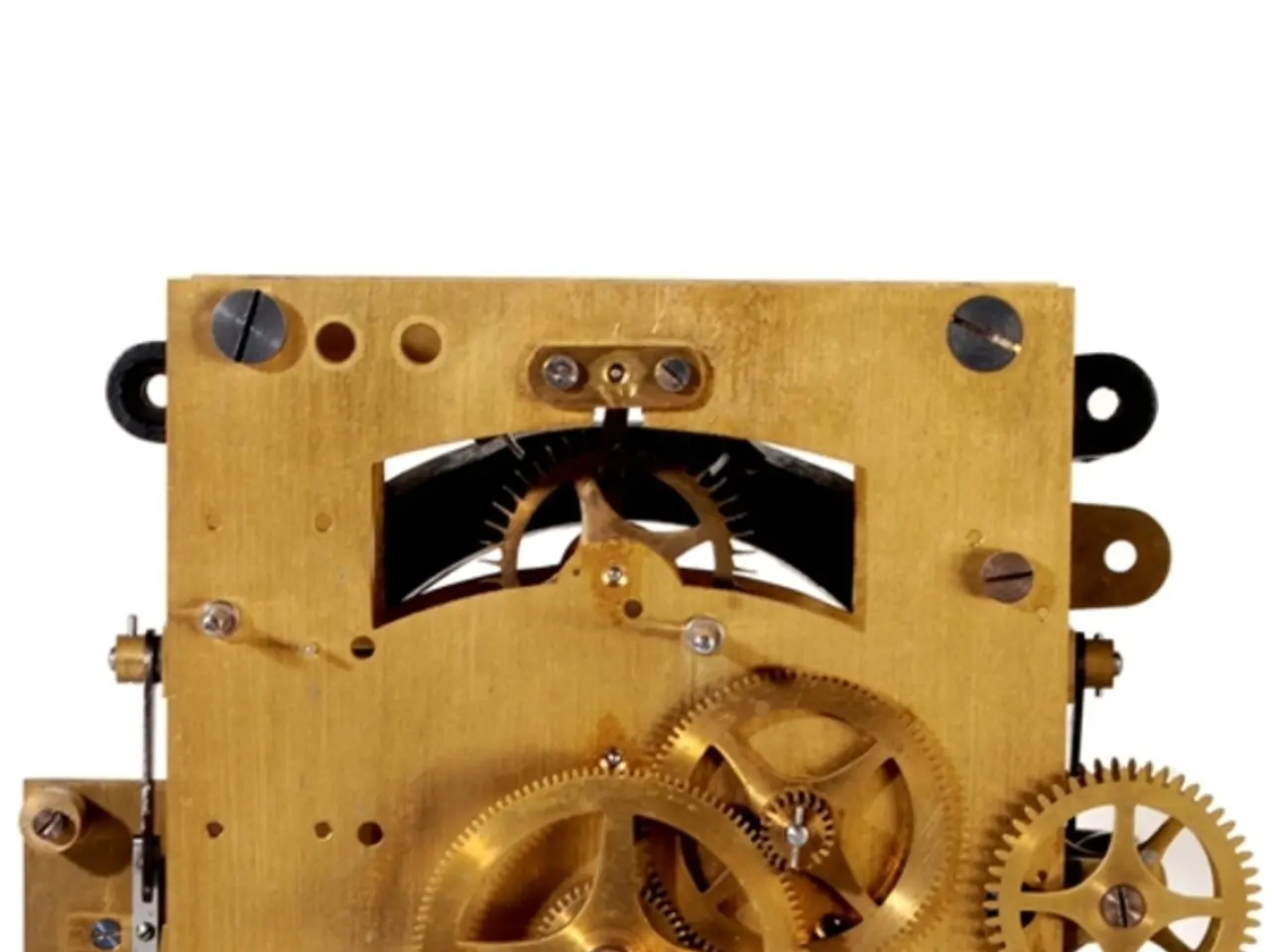Machine Design Automation: Boosting Productivity and Creativity
In today's fast-paced world, automation has become a cornerstone of productivity and efficiency across various industries. The design of automation machines plays a pivotal role in enhancing efficiency, productivity, and quality control. Here's a closer look at the key applications of automation machine design in different sectors.
1. Material Handling Systems
In the realm of manufacturing and logistics, robots and automated systems streamline material movement, reducing manual labour and increasing throughput. This improvement in operational efficiency minimises bottlenecks and accelerates production timelines.
2. Assembly Systems
Automated assembly processes are prevalent in the automotive and electronics industries. Robots are used to assemble components with high precision, reducing cycle times, improving quality control, and enhancing overall production efficiency.
3. Welding Processes
FANUC robots automate welding tasks like spot welding and arc welding in the automotive and aerospace industries. This automation ensures precision and consistency, reducing defects, improving product quality, and minimising the risk of injuries associated with manual welding.
4. Quality Control Systems
Automated systems detect defects, presence/absence of components, and verify product quality in industries such as manufacturing and food processing. This ensures consistent production quality and reduces waste.
5. Paint Finishing Processes
Robots enhance paint finishing by maintaining consistent coating thickness and uniformity in the automotive and aerospace industries. This reduction in material waste and improvement in surface quality contributes to increased productivity and efficiency.
6. CNC Machining
FANUC robots serve as reliable machine tenders in the precision parts manufacturing industry, automating the loading and unloading of parts. This boosts production speeds while maintaining tight tolerances.
7. Pressure Equipment and Industrial Presses
Custom hydraulic presses and other industrial presses are designed to enhance production capabilities, offering tailored solutions for specific manufacturing needs.
8. Automated Packaging
Machines automate packaging processes in industries such as food and beverage and pharmaceuticals. This allows for faster packaging and higher product quality, contributing to increased efficiency and reduced errors.
In addition, automation machine design can equip systems with vision systems and sensors to continuously monitor product quality and make adjustments in real-time.
Beyond its applications, automation machine design offers numerous benefits to companies. It leads to cost savings through reduced labor costs, fewer errors, and less waste. Automation also allows companies to reduce costs, improve product quality, and speed up production, contributing to increased global competitiveness.
However, it's important to note that while machines excel at repetitive tasks, they may struggle with complex problem-solving or creative tasks that require human intuition.
In conclusion, automation machine design is a powerful tool for enhancing productivity, efficiency, and quality control across multiple industries. As technology continues to evolve, we can expect to see even more innovative applications of automation machine design in the future.
- The finance industry can benefit from automation machine design as well, with these systems streamlining routine tasks such as data collection, analysis, and reporting, ultimately leading to cost savings and increased operational efficiency.
- Meanwhile, advancements in technology have made it possible for the automation of innovative processes in the finance sector, such as AI in loan underwriting and robo-advisors for financial planning, potentially revolutionizing how services are provided and increasing access to financial resources for the general population.




